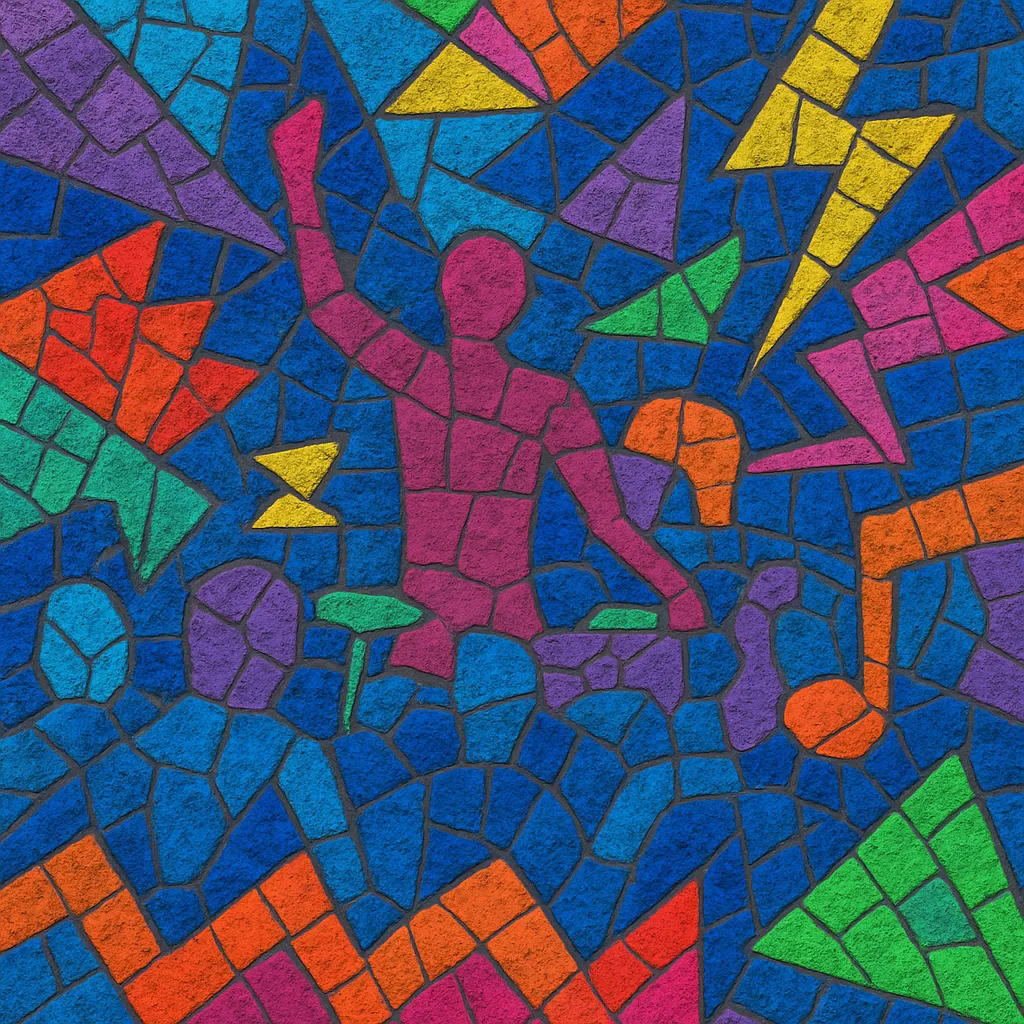New rave is a mid‑2000s British-born fusion of indie rock energy and 1990s rave sonics, dressed in day‑glo aesthetics and festival‑size hooks. It pairs live drums, guitars, and chant‑ready vocals with club‑minded synths, sawtooth leads, and heavily sidechained kicks to produce high‑octane, dance‑floor‑friendly songs.
Propelled by blogs, MySpace, and hype magazines, the style emphasized communal euphoria and neon futurism while borrowing breakbeats, acid squelches, and rave stabs from earlier UK dance culture. The result is a glossy, maximal sound that feels both nostalgically 90s and distinctly 2000s in its pop-savvy immediacy.
New rave emerged in the United Kingdom around 2005–2007 as a press‑coined tag for a new wave of indie acts who embraced club sonics and rave aesthetics. Media outlets such as NME championed the term, spotlighting bands that fused indie rock instrumentation with the momentum of 90s rave and contemporary electro house. The movement took cues from earlier UK dance culture (acid house, breakbeat hardcore) while leveraging the blog era and MySpace for rapid scene-building.
Klaxons’ rise (culminating in a 2007 Mercury Prize for “Myths of the Near Future”) crystallized the sound’s profile: bright synths, galloping rhythms, and cryptic, sci‑fi‑tinged lyrics delivered with shout‑along immediacy. Parallel acts—often sharing bills and remixes with French bloghouse names and UK dance‑punk peers—cemented a neon visual identity: glowsticks, fluorescent clothing, and strobing stage shows that invoked 90s rave imagery through a 2000s indie lens.
By the late 2000s, the term “new rave” receded as artists evolved toward electro‑pop, indietronica, or more experimental indie electronics. Nevertheless, its crossover DNA—live-band swagger meeting club punch—helped normalize synth-forward production in indie contexts and foreshadowed the 2010s’ broader indie‑dance and electro‑pop resurgence. Its legacy persists in the seamless traffic between festival stages and DJ booths, and in the continued appeal of big, euphoric hooks over four‑on‑the‑floor foundations.


